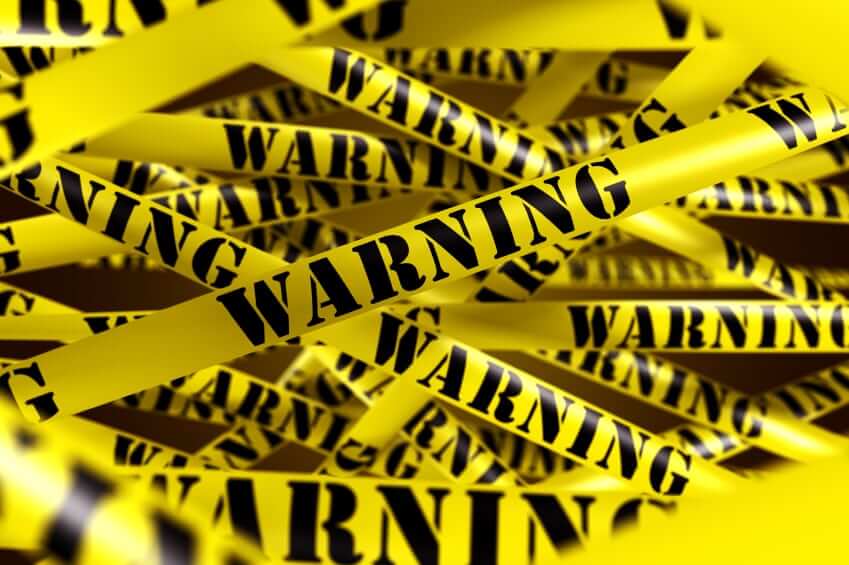“The Challenger Sale” is the #1 best-selling sales book on Amazon this morning and has hovered near the top for a while now.
Companies around the world implement its methods and teachings. But does that mean it’s the best way to conduct B2B and B2C sales today? Probably not… Especially in 2014.
image source Insight Selling by Michael Harris
How Did The Challengers Break Through?
“The Challenger Sale” argues that during the last economic crisis, the B2B sales profession became more difficult than ever before. It’s pretty hard to argue with that. Buyers certainly became very risk-averse between 2008 and 2013. Remember the recession?
Hard times aside, some sales pros were able to successfully close deals, every day.
This breed of salesperson that emerged, credited in the book with the fourth great breakthrough in sales, became known as Challengers.
In the world of educated, online buyers, Challengers push and debate with their potential customers, taking control of the sale from the very beginning. They know their customers’ problems better than the customers themselves do.
And that’s what some customers find annoying.
Since the mid-2000s, the buying landscape has changed dramatically. Today, a buyer eliminates lousy options using social media and online research.
Where Challenger Deals Fall Apart
Challenger sales typically tank when the seller can’t take a conciliatory approach to a sale if the interactions turn sour.
Here’s how to get around it. An initial conciliatory approach can later become a more aggressive one if the negotiations call for it as a congenial relationship has already been established.
Research by McKinsey shows that “70% of buying experiences are based on how the customer feels they are being treated.” Every customer is different, and some can be more forgiving than others. Using an aggressive approach on the wrong person can kill a deal — fast.
(source: https://www.mckinsey.com/insights/organization/the_moment_of_truth_in_customer_service)
The One Situation Where Challenger May Be Best
The Challenger method may still be implemented when dealing with so-called “hostile gatekeepers.” Hostile gatekeepers are typically not willing to engage in a story-based selling method.
The Challenger method here acts like a battering ram, breaking through to the actual decision-maker; it’s high risk but also high reward. The hostile gatekeeper will not want to be responsible for not having brought an important situation to the boss.
Bye-Bye Challenger?
While Challenger sellers try to get their customers to think about business solutions differently, they do it in a way that can be off-putting to today’s consumers.
The Challenger takes an initial adversarial approach to their customer. Is this academically correct? Absolutely. Does it antagonize the customer? Afraid so.
There’s hard psychological evidence that facts wrapped in stories sell far better than facts themselves. According to cognitive psychologist Jerome Bruner, a fact wrapped in a story is 22 times more memorable than a fact itself.
And so steps in the Insight seller.
20/20 Hindsight With the 80/20 Rule
Pareto’s Principle applied to sales, teaches us that 80% of a business’s sales will come from 20% of its customers.
This rule challenges the Challenger seller and, in fact, supports the need more for the Insight seller.
If 7 out of 10 customers are buying based on how they feel they are being treated, sales pros that develop relationships with their customers based on respect and insight will achieve greater results.
The Insight seller does exactly what the name implies and builds relationships by helping customers think for themselves.
This type of seller will develop strong personal and professional working relationships with their customers because they uncover needs and resolve issues in a way that makes customers feel respected.
Customer Loyalty: The Bonus For Not Challenging
Direct Marketing News analyzed survey data from the U.S. and the U.K. to examine the relationship between customer experience and loyalty. Their “analysis uncovered a high correlation coefficient of 0.83 for U.S. firms and 0.89 for UK firms.” This basically puts stats to what we already know: there’s a very high degree of correlation between customer experience and loyalty.
Sales pros who empower customers to think for themselves not only draw customers, but also earn customers’ gratitude for their equitable approach. A good relationship with the customer is still essential, but it should be the result of the sale and not the cause of it.

